SaaS marketing is unlike any other type of marketing.
Since this is true, we need to carry out this marketing according to the customer type we’re dealing with — SaaS customers.
Who are they? What are they like? What do they buy? How do they think?
That’s the meta-question that I’d like to answer in this article — How do we get in the minds of SaaS customers?
The Obligatory “No Single Answer” Section
Before I go on, I need to make a case for the “no single answer” issue.
Every customer is different. Every niche is different. Every SaaS is different. Every audience is different. Every individual has unique idiosyncrasies that render every “model” or “best practice” pretty much useless.
But we can identify trends. We can take our cues from characteristics across the landscape of SaaS users.
As you pick up some actionable data from the points in this article, bear in mind that this is not a silver bullet. The points I’ve assembled below are founded upon research, tested in the market, and proven to be true in many contexts.
However, they may not hold true for you.
But I think it’s worth giving them a try just to find out for sure.
The Obligatory “Create a Persona Section.”
I have a second obligation since I’m being completely forthright with you.
The marketer in me tells me to insist on this: Create a customer persona.
A customer persona allows you to understand exactly who your customers are and how to more effectively reach them.
Your persona doesn’t need to be complicated. Here’s a sample persona for a digital marketing manager that may be interested in purchasing an email marketing SaaS.
A few bullet points about a persona is all that you truly need to hone in on the crucial task of identifying your target customer.
The example below simply identifies the persona’s background, demographics, and identifiers.
Going through the practice of creating a persona will make you a better SaaS marketer.
For SaaS companies with several different products or pricing tiers, creating a triple persona may be strategic. Here’s an example of the triple persona that may effectively reach into several different demographic niches.
Answer 4 Critical Questions
You will drive your SaaS forward in powerful ways if you answer four basic questions.
There’s a good chance that you’ve answered these questions before. However, to really uncover the true state of your SaaS customer, I recommend that you answer these questions again.
Getting at the truth behind your customers and their decision-making will give you an amazing competitive edge.
- What problem are they trying to solve? Your SaaS is a solution. Therefore, direct your marketing towards alleviating the customer’s greatest problem.
- What features of a product are most important to them? Your persona cannot be defined merely by the product itself, but by the features of that product. For example, an analytics SaaS has to focus, not just on solving the analytics problem generally, but by creating an angle for marketing to analytics customers. Identify these features in your persona.
- What objections are they most likely to raise? Every buyer has implicit and explicit objections to buying your product. What are these objections? Price? Speed? Know these objections, overcome them, and you win.
- What is their buying process? The way a SaaS is priced affects how it is purchased, and therefore how you market. B2B buyers love the short buy cycle with a price that stays the same each month for accounting and budgetary tranquility.
Once you have comprehensive answers to each of these questions, then you’re positioned to dominate your market.
Know Their Buyer Modality
The term “buyer modality” is just a smart-sounding way of figuring out what type of customer you’re dealing with in a broad, generalized sort of way.
The Eisenberg Customer Modality is a helpful way of gaining insight into how a customer processes and makes a purchase decision. The technique was developed by Bryan and Jeff Eisenberg, and described in their book, Waiting for Your Cat to Bark.
There are four quadrants in the modality — Competitive, Spontaneous, Methodical, and Humanistic. They are plotted according to the speed axis and the logic/emotion axis.
Here is a brief description of the four qualities according to GA Tip of the Day:
- Competitive: Competitive buyers want to perform smart, quick, and make decisive decisions as a competitive advantage.
- Methodical: Methodical buyers review all technical information to assure themselves that they’re making the right choice.
- Spontaneous: Spontaneous buyers enjoy the thrill of a quick purchase and the perceived emotional benefit that it will generate.
- Humanistic: Humanistic buyers are also motivated by emotion, but want to understand more about the organization they’re buying from and the individuals who comprise the organization.
When you’re trying to get in the mind of your customer, it pays to know their modality, because it has an impact on both your marketing approach in general and your conversion optimization process specifically.
Let’s not forget that in B2B SaaS, corporate processes can obscure personal decision making, while at the same time gumming up the purchase decision. In other words, the purchase decision is going to look a bit different because it’s B2B.
Is it safe to say that there is a generally-true quadrant for B2B SaaS buyers?
Yes. The reason is due to the B2B angle. Because a business is contributing to the decision process, then the decision is usually going to be slow rather than fast. Many times, B2B purchases have to go through committees, operations departments, and several meetings.
Since the speed is low, that means that the quadrant will either be methodical or humanistic. Most corporate business decisions are not humanistic, because businesses run according to a profit-driven mentality. There are generally several decision-makers, and they know exactly what the business is targeting, ask a lot of questions, and use their marketing dollars as best as possible.
Thus, when it comes to understanding the logic-driven nature of a corporate decision, we can safely assume that the decision will be low on emotion.
Low on emotion. Low on speed. This puts us in the methodical buyer quadrant.
Disclaimer: Startups, entrepreneurs, and sole proprietors will be all across the board when it comes to their quadrant. They make decisions free from the constraints of boardrooms and stakeholders, so they may very well be spontaneous, humanistic, or competitive.
If you are selling SaaS to people who make independent and individual decisions, then your buyers may or may not be methodical. The only feature that would favor their being methodical is that nearly half of all buyers are, so they have a statistical likelihood of falling into this category.
Back to the methodical B2B buyer.
The methodical buyer quadrant is the largest by far, comprising 45% of all buyers. Here are some of their characteristics:
- They care about data in general.
- They care about technical data specifically.
- They will review all the available information.
- They are highly informed about alternative options, including details about your competitors.
- They look for SaaS products with a specific set of detailed features that they will use.
- They consider a quick decision to be a dangerous decision.
- They ask smart questions.
- They will go for a free trial.
- They will use the SaaS fully during the free trial.
- They trust sellers who empathize or respect their methodical approach.
- They don’t like being pushed towards a purchase decision.
- They will read the fine print.
- They tend to trust larger and more established companies.
- They see right through sales gimmicks.
- They are persuaded by explainer videos.
As an example of a SaaS selling to methodical buyers, let me walk you through the approach of Salesforce. I have no business relationship with Salesforce, but as a B2B SaaS, I can identify features of their marketing that would appeal to a methodical buyer.
First, I see features of methodical appeal in their AdWords SERP entry:
The entire approach is focused, not on the wild-eyed solo entrepreneur, but on the purposeful and intentional approach of a B2B buyer. They want a highly-trusted, top-rated product with a full-fledged free demo. There are layers of appeal in this ad.
Let’s take a look at the ad’s landing page to see how it addresses itself to the methodical buyer.
Now, when you first see this rather bland landing page, you may be surprised by both its starkness and its overblown form. However, upon closer inspection, each feature on the landing page has a direct appeal to the B2B methodical buyer.
- The headline. The headline uses a “#1,” which helps to reinforce the big-and-trusted penchant of methodical buyers.
- The bullet-point statistics. Remember how methodical buyers love data? This is exactly what they are looking for. Their eyes track down the percentage symbol and latch on to the data. Those four percentages in a row are spot-on.
- The long-form. There are eight requests in this form! According to research, too many form fields cut down on conversions. And what does the potential customer get? Just a bunch of videos, not even the software itself. Here’s why this works, though. Remember, a methodical buyer is not turned on by the give-it-to-me-now approach to buying. Instead, she wants to see some caution and purpose. Thus, the barrier of eight fields has two advantages: 1) Assures methodical buyers that this is a careful process, and 2) Provides Salesforce with more qualified leads. Win, win.
Taken at face value, the Salesforce landing page looks like an abysmal and boring mistake.
Couldn’t a multibillion-dollar company put a few more bucks into sprucing up their landing page?
But why would they do that? They are targeting methodical B2B buyers, and this is the approach that works.
Understand Their Personal Motivations
I could end the article now, and you’d walk away with some tips that could cause your sales to explode.
But I’m not done.
One thing that many B2B buyers miss is the role that individual personal motivations play in the sales process.
Remember, even though it’s a B2B sale, there are real people involved. Thus, all your customer psychology information still plays a role. You need to realize that a decision-making B2B buyer will be affected by the personal features related to his or her decision-making process.
How do you exploit these characteristics in B2B marketing? I’ll try to sum it up in one line.
They are in it for what they can get personally not just corporately.
What does this mean? It means that a B2B buyer cares about more than just profits and quarterly earnings. The buyer cares about the self.
- How will this purchase make them look?
- Will they get a bonus based on their improved performance?
- Will this purchase impress their boss?
- Will they be able to learn the SaaS quickly?
- Will they work quicker, and not have to work evenings and weekends?
- Will they make fewer mistakes?
- Will this make their job easier?
Each of these questions tilts towards the intensely emotional approach of the B2B SaaS decision, but they are crucial.
Here is how to get in the mind of a SaaS customer as an individual, and therefore make your marketing more effective.
Use persuasive techniques
Persuasion techniques are totally a part of B2B sales. Take advantage of all the persuasion tactics you can, because you are interacting with real people who are susceptible to the art of persuasion.
Mention.com’s headline appeals to the sense of curiosity that many people have. Even though Mention.com is a SaaS for businesses, it uses persuasion methods that individuals will respond to.
Understand the role of emotion
Emotions play a legitimate and powerful role in decision-making. According to the advanced findings of fMRI, a customer’s emotions play the largest role in their decision-making process.
When a B2B customer makes a decision to buy, he or she will do so based largely on emotion. Some of the corporate checks-and-balances may impose some logic-driven methodology on the process, but the customer herself serves as the catalyst to a decision.
Don’t forsake the importance of emotional factors in the process.
Conclusion
Marketing to SaaS customers doesn’t have to be some dark art. These are people you’re selling to, not some corporate monsters.
So, be real, genuine, appealing, and authentic. Keep in mind that corporate decision-making is all part of the process. On the whole, however, you have the freedom to sketch out your persona, answer some critical questions, analyze their methodical propensity, and market to individuals.
Once you do, your B2B SaaS marketing will take off.
What effective techniques have you discovered in marketing your B2B SaaS?
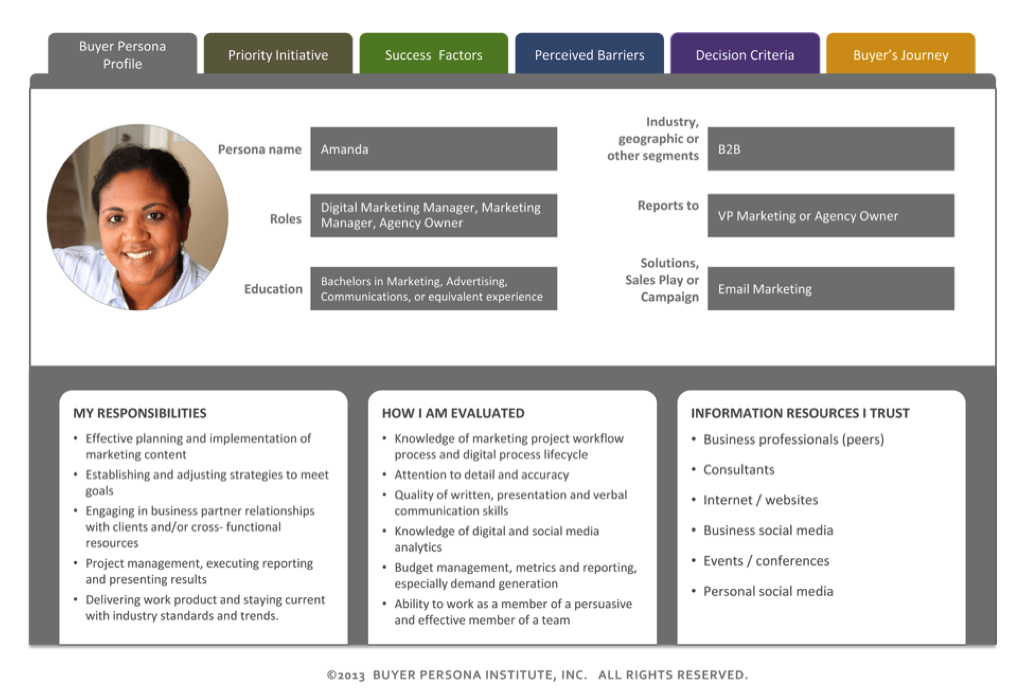
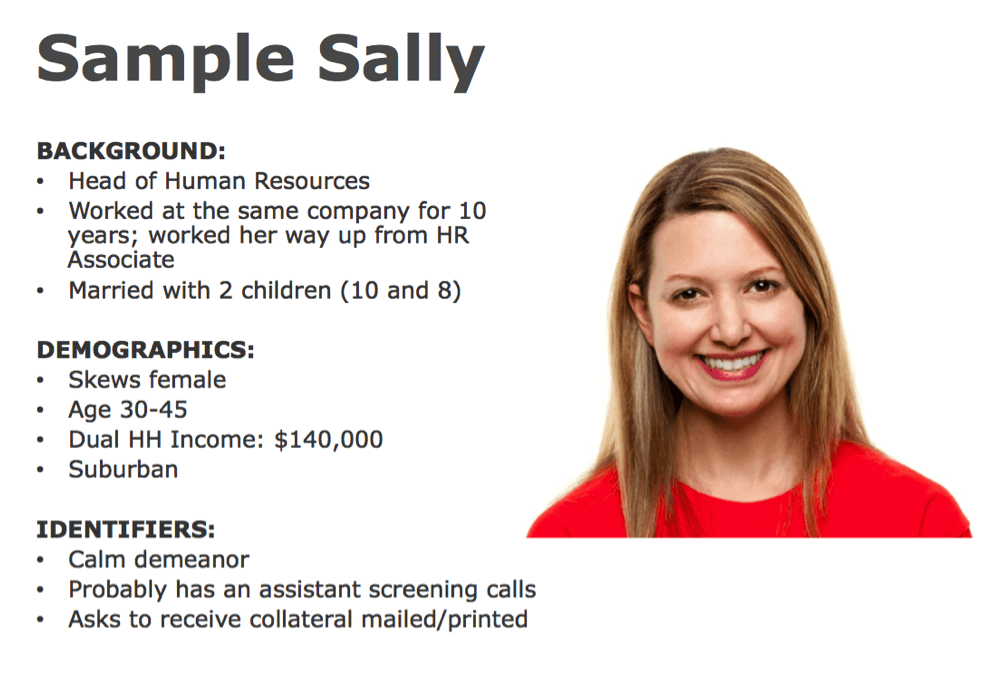
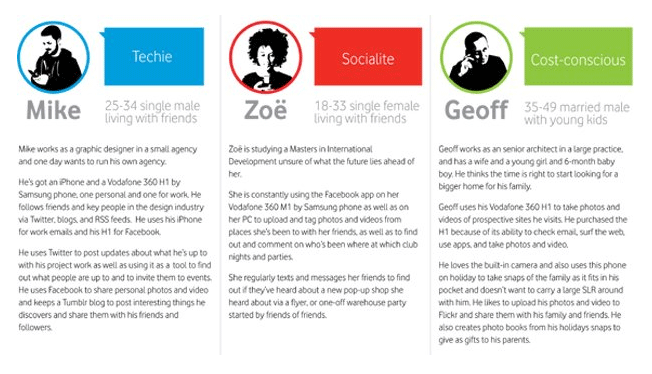
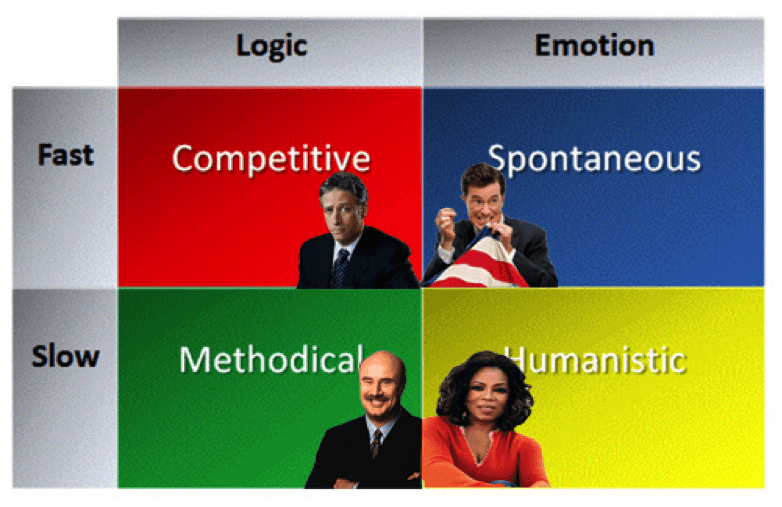
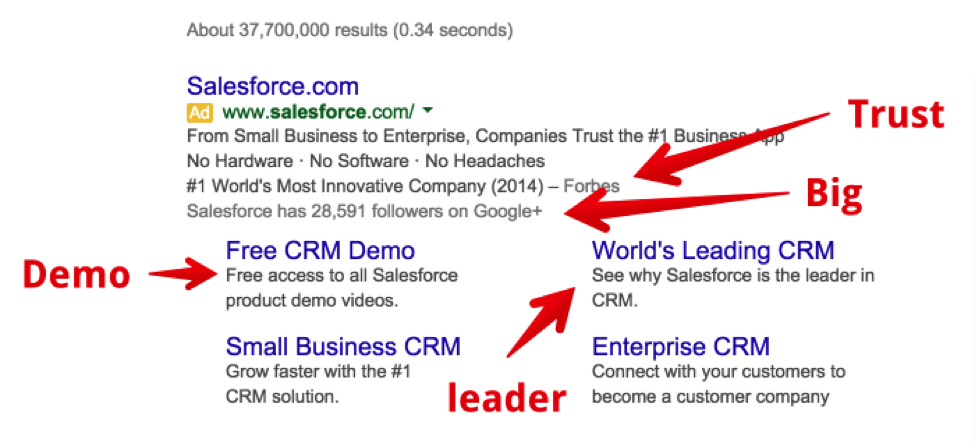


Comments (3)